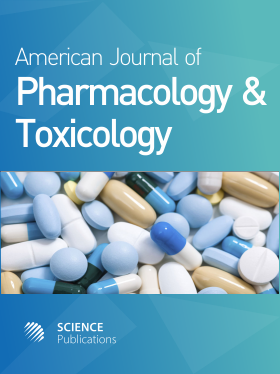Insertion of poly (ethylene glycol)-lipid reduces the liposome-encapsulated hemoglobininduced thrombocytopenic reaction
- 1 University of Texas Health Science Center at San Antonio, United States
Abstract
Interaction with platelets has been recognized as a concern in the development of liposome-encapsulated hemoglobin as an oxygen carrier. This reaction causes a significant drop in circulating platelets in a rapid and transient fashion. We studied the effect of lipid bilayer charge on the magnitude of drop in circulating platelets. We also investigated the effect of post-inserted PEG-lipid on this phenomenon. PEG-DSPE was inserted in the outer lipid layer of neutral and anionic LEHs. Autologous rabbit platelets were radiolabeled with In-111-oxime and allowed to circulate for 30 min before administering a small dose of LEH preparation. Circulating radioactivity as well as the number of platelets was monitored by sampling blood at various time points. Anionic LEH induced the largest decrease (64%) in circulating platelets. PEGylation of anionic LEH significantly inhibited thrombocytopenic reaction (45.3% decrease). PEGylated neutral LEH demonstrated the least thrombocytopenia (23.8% decrease). In all cases, the reaction was transient, and the platelet counts recovered to reach the baseline level. The recovery time, however, was dependent on the charge and surface PEGylation of LEH preparations. The results indicate that the platelet reaction is significantly influenced by the surface charge carried by the liposomal surface. Hiding the charge by surface PEGylation appears to be an effective means of reducing the thrombocytopenic reaction shown by the LEH.
DOI: https://doi.org/10.3844/ajptsp.2007.98.105

- 5,781 Views
- 4,480 Downloads
- 12 Citations
Download
Keywords
- Liposome-encapsulated hemoglobin
- thrombocytopenia
- platelet
- Poly(ethylene glycol)
